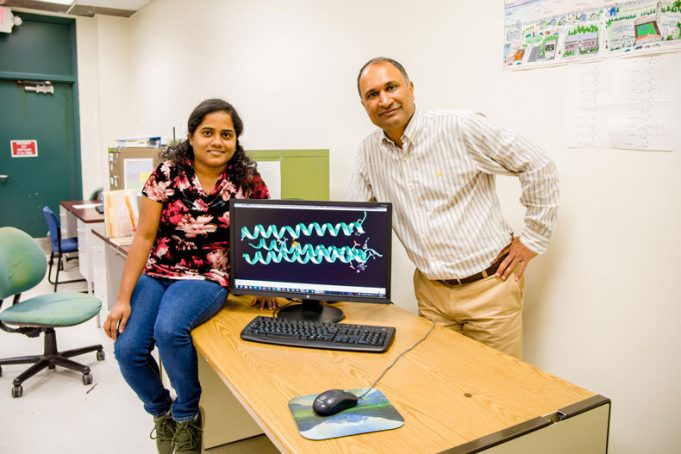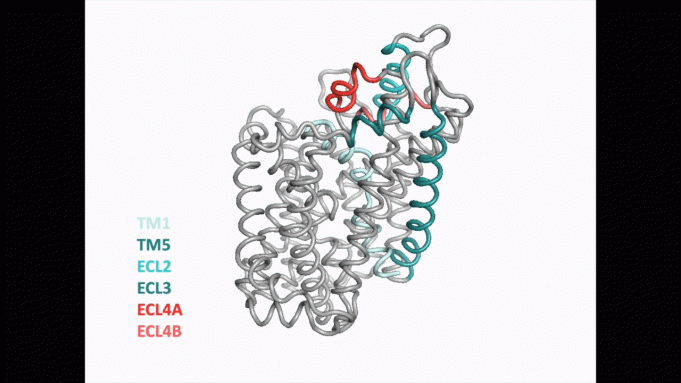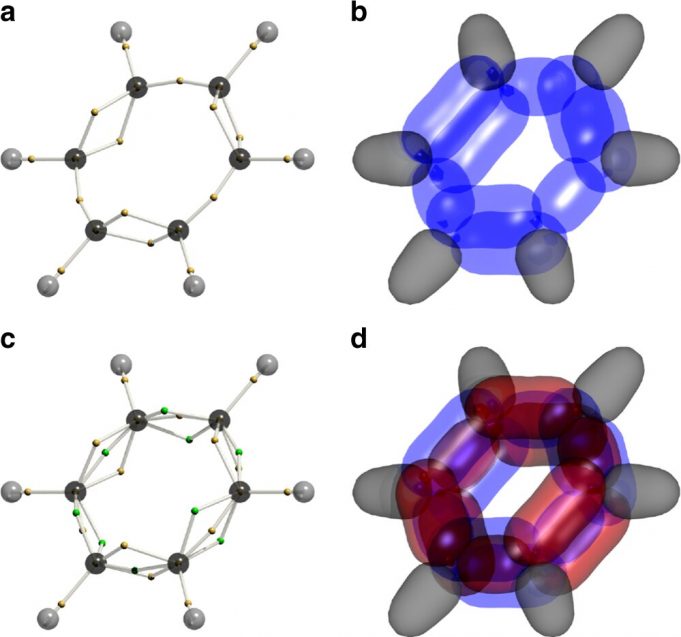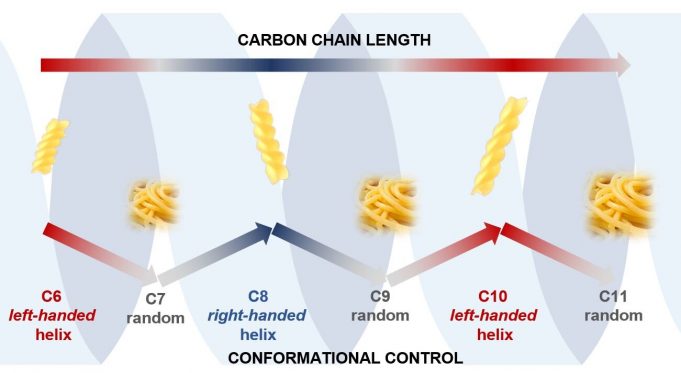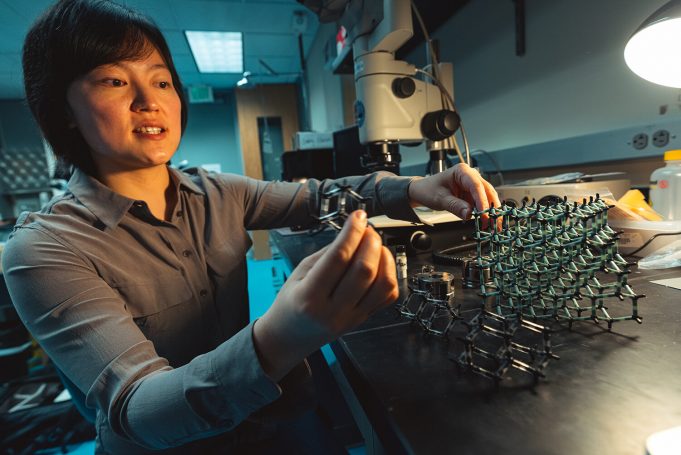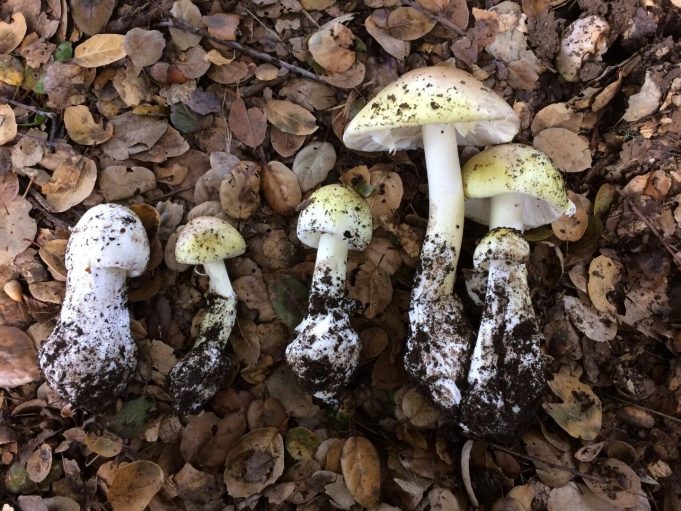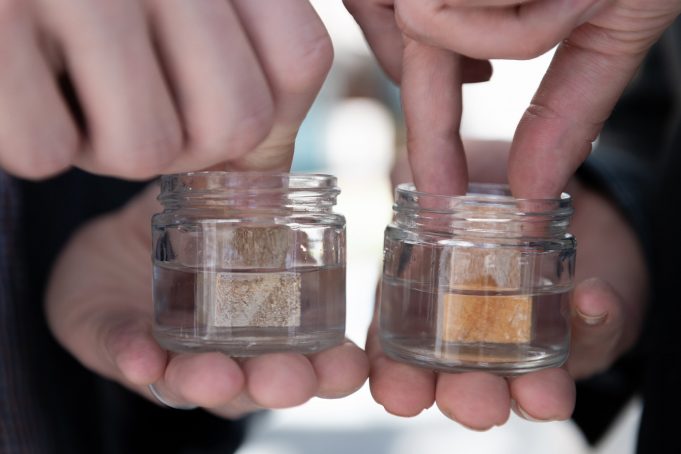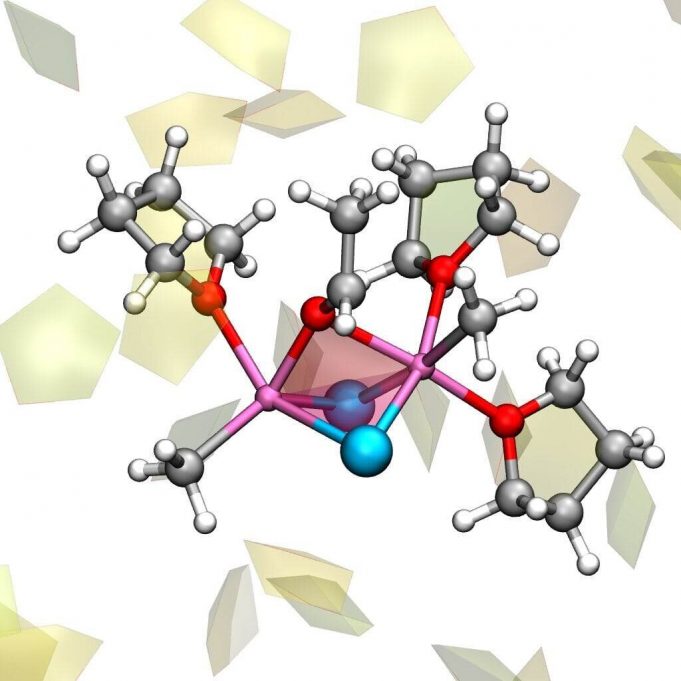Enzymes are nature's powerhouses. Found in the cells of all animals, plants, and every other living organism, they accelerate the chemical reactions that trigger thousands of biological functions—from forming neurons to digesting food.
They perform their jobs so selectively and...
After five years of experimentation, researchers from the University of Copenhagen have succeeded in crystallising and mapping a novel conformation of LeuT, a bacterial protein that belongs to the same family of proteins as the brain's so-called neurotransmitter transporters.
These...
One of the fundamental mysteries of chemistry has been solved by a collaboration between Exciton Science, UNSW and CSIRO – and the result may have implications for future designs of solar cells, organic light-emitting diodes and other next gen...
Researchers at the University of California San Diego developed a wearable technology that can hide its wearer from heat-detecting sensors such as night vision goggles, even when the ambient temperature changes—a feat that current state of the art technology...
Helical shapes are very familiar in the natural world and, at the molecular level, of DNA, the very blueprint of life itself.
Scientists at the University of Bristol have now found that carbon chains can also adopt helical shapes, but, unlike DNA,...
Scientists at the U.S. Department of Energy's Lawrence Berkeley National Laboratory (Berkeley Lab) have made a surprising discovery that could help explain our risk for developing chronic diseases or cancers as we get older, and how our food decomposes...
It sounds like alchemy: take a clump of white dust, squeeze it in a diamond-studded pressure chamber, then blast it with a laser. Open the chamber and find a new microscopic speck of pure diamond inside.
A new study from...
A simple, portable test that can detect the deadliest of the mushroom poisons in minutes has been developed by Agricultural Research Service (ARS) scientists and their colleagues.
Eating toxic mushrooms causes more than 100 deaths a year, globally, and leaves...
Pressure treating—which involves putting lumber inside a pressurized watertight tank and forcing chemicals into the boards—has been used for more than a century to help stave off the fungus that causes wood rot in wet environments.
Now researchers at the...
Researchers at EPFL have developed a new, high-precision method for 3-D-printing small, soft objects. The process, which takes less than 30 seconds from start to finish, has potential applications in a wide range of fields, including 3-D bioprinting.
It all...
The Grignard reaction is used to synthesize carbon-carbon bonds, a crucial step for making new molecules for academic and industry uses. Finding efficient and selective methods for this reaction, using low cost materials and minimal energy resources has been...





